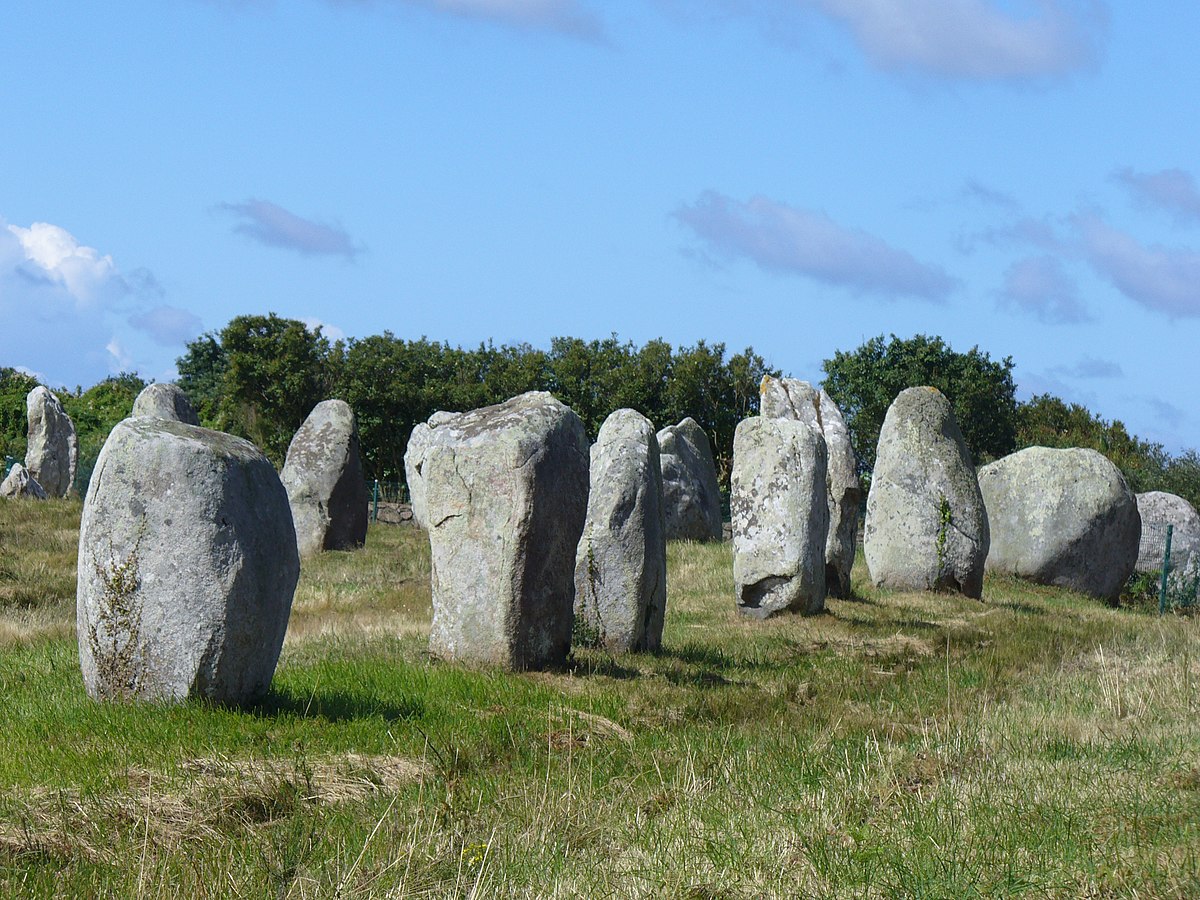The ancient world holds secrets that modern society is only beginning to rediscover. Tools and technologies from civilizations long past offer surprising relevance to contemporary challenges.
Our ancestors developed ingenious mechanisms and methodologies that have stood the test of time, proving their worth across millennia. Today’s innovators and problem-solvers are increasingly turning to these antediluvian tools—not as museum curiosities, but as practical solutions for modern success. The wisdom embedded in ancient machines and techniques provides a refreshing alternative to our increasingly complex technological landscape.
🔧 The Timeless Wisdom of Ancient Engineering
Before the digital age, before the Industrial Revolution, and even before written history as we know it, humans engineered remarkable solutions to everyday problems. These antediluvian tools weren’t just primitive attempts at technology—they represented sophisticated understanding of physics, mathematics, and natural principles that we’re still learning from today.
The term “antediluvian” literally means “before the flood,” referring to biblical times, but has come to represent anything exceptionally ancient. These tools and machines demonstrate that innovation isn’t solely a modern phenomenon. Ancient engineers worked with limited resources but unlimited creativity, producing mechanisms that remain relevant and effective thousands of years later.
The Archimedes Screw: Ancient Water Management for Modern Agriculture
Invented by the Greek mathematician Archimedes around 250 BCE, this simple yet brilliant device continues to move water efficiently in modern applications. The spiral design inside a tube allows water to be transported upward when rotated, defying gravity through elegant mechanical advantage.
Today’s agricultural operations, wastewater treatment facilities, and hydroelectric plants still employ variations of this ancient tool. Modern farmers facing water scarcity challenges are rediscovering the Archimedes screw as a low-energy solution for irrigation. Unlike electric pumps that require constant power, these mechanical devices can operate with minimal energy input, making them perfect for sustainable farming practices.
⚙️ Leverage Systems: The Foundation of Mechanical Advantage
The lever, one of humanity’s oldest tools, demonstrates the principle that small forces can move large objects when properly applied. Ancient civilizations understood mechanical advantage intuitively, using levers to construct monuments that still baffle modern engineers.
In today’s business world, the concept of leverage extends beyond physical tools. Entrepreneurs and managers apply leverage principles to maximize results from minimal inputs. Understanding how ancient peoples moved massive stones with simple levers teaches us about efficiency, strategic positioning, and the multiplication of effort—lessons directly applicable to project management and resource allocation.
The Shaduf: Simple Technology for Complex Problems
Ancient Egyptians used the shaduf, a counterweighted lever system, to lift water from the Nile River for irrigation. This tool exemplifies how understanding balance points and weight distribution creates practical solutions that require minimal energy expenditure.
Modern applications of shaduf principles appear in construction equipment, playground seesaws, and even in ergonomic office furniture design. The concept teaches us that solving complex problems doesn’t always require complex solutions—sometimes the simplest mechanism is the most effective.
📐 Ancient Measurement Tools for Modern Precision
Before laser levels and digital calipers, ancient builders achieved remarkable precision using tools we might consider primitive. Yet these instruments enabled the construction of structures so perfectly aligned that they continue to astound archaeologists and engineers.
The Egyptian plumb bob, used to establish vertical lines, remains essential in construction today. The water level, which uses liquid’s natural tendency to seek equilibrium, provides accuracy that rivals modern tools. These antediluvian instruments remind us that fundamental physical principles don’t change, and sometimes the most reliable technology is the simplest.
The Groma: Surveying Ancient Rome, Inspiring Modern Planning
Roman surveyors used the groma to lay out perpendicular lines, creating the grid patterns that characterized Roman cities and military camps. This crossed-staff instrument with hanging plumb lines allowed precise right-angle measurements without complex calculations.
Urban planners and landscape architects today appreciate the groma’s elegant solution to spatial organization. The tool teaches principles of systematic planning and grid-based organization that inform modern city design, computer interface layouts, and organizational structures.
🌾 Agricultural Technologies That Revolutionized Civilization
Ancient farming tools transformed human society from nomadic hunter-gatherers to settled agricultural communities. These implements didn’t just make farming possible—they made civilization itself possible by freeing humans from constant food searching and enabling specialization of labor.
The ard, or scratch plow, revolutionized soil cultivation thousands of years ago. Unlike modern plows that turn soil completely, the ard simply broke the surface, which modern sustainable agriculture now recognizes as beneficial for soil health. Contemporary farmers practicing conservation tillage are essentially rediscovering ancient wisdom about maintaining soil structure and preventing erosion.
Crop Rotation and Three-Field Systems
Medieval farmers didn’t have soil science laboratories, yet they developed sophisticated crop rotation systems that maintained soil fertility naturally. The three-field system alternated crops and fallow periods, preventing nutrient depletion and pest accumulation.
Modern organic farming movements embrace these ancient practices as alternatives to chemical-intensive agriculture. The principles of diversification, rest periods, and natural soil enrichment that ancient farmers understood intuitively now receive scientific validation. Business strategists also apply these concepts metaphorically—rotating focus areas, allowing periods of strategic pause, and nurturing long-term sustainability over short-term extraction.
🏗️ Construction Techniques That Built Wonders
The megalithic structures of antiquity—Stonehenge, the Pyramids, Machu Picchu—were built without cranes, bulldozers, or computer-aided design. Yet they display engineering sophistication that challenges modern reconstruction attempts. Understanding how ancient builders accomplished these feats provides valuable lessons in project management, resource optimization, and collaborative organization.
Ancient construction relied on understanding material properties, leverage principles, and coordinated human effort. Modern project managers study these ancient construction projects to learn about organizing large workforces, maintaining quality without modern oversight tools, and completing ambitious projects with limited resources.
The A-Frame and Post-and-Lintel Systems
These fundamental structural principles appear in ancient temples, modern houses, and steel skyscrapers alike. The A-frame distributes weight through triangulation, one of the strongest geometric configurations. Post-and-lintel construction, where vertical supports carry horizontal beams, remains a foundation of architectural design.
Understanding these ancient structural principles helps modern designers create more efficient buildings. The principles also translate to organizational structures—how to distribute workloads, create support systems, and build stable frameworks that can bear significant weight.
⏱️ Time-Keeping Devices That Organized Ancient Lives
Before atomic clocks and smartphones, ancient peoples developed ingenious methods for tracking time. Sundials, water clocks, and astronomical observations allowed civilizations to coordinate activities, schedule agricultural tasks, and organize social life.
The sundial, one of humanity’s oldest scientific instruments, teaches us about using natural phenomena for practical purposes. Water clocks, or clepsydras, measured time through consistent water flow, demonstrating understanding of fluid dynamics. These devices remind us that precise time measurement is fundamental to organized society and productive work.
The Antikythera Mechanism: Ancient Computer Technology
Discovered in a shipwreck off the Greek coast, the Antikythera mechanism dates to around 100 BCE and is considered the world’s first analog computer. This complex device of bronze gears predicted astronomical positions and eclipses decades in advance, demonstrating computational sophistication that wouldn’t be matched for over a millennium.
The mechanism teaches us that technological regression is real—knowledge can be lost when civilizations fall. It also reminds us that ancient peoples were capable of extraordinary intellectual achievements. Modern engineers studying the device gain insights into gear ratios, mechanical calculation, and the persistence of knowledge through physical artifacts.
🔥 Energy Solutions From Ancient Innovators
Ancient peoples mastered various energy sources without fossil fuels or electricity. Understanding how they harnessed wind, water, and human power efficiently provides insights for modern sustainable energy challenges.
Windmills appeared in Persia over a thousand years ago, grinding grain and pumping water using only wind power. Water wheels transformed the kinetic energy of flowing water into mechanical power for mills and workshops. These technologies demonstrate renewable energy principles that modern society is struggling to relearn after a century of fossil fuel dependence.
Solar Architecture in Ancient Design
Ancient civilizations designed buildings to maximize heating in winter and cooling in summer without mechanical systems. Pueblo peoples in North America built cliff dwellings that used thermal mass and strategic positioning to maintain comfortable temperatures. Roman baths featured sophisticated heating systems that used minimal fuel through clever design.
Modern architects increasingly incorporate passive solar design principles that ancient builders understood intuitively. Strategic window placement, thermal mass utilization, and natural ventilation patterns reduce energy consumption while increasing comfort—proving that ancient wisdom directly addresses contemporary challenges like climate change and energy efficiency.
🧭 Navigation Tools That Opened the World
Ancient mariners crossed vast oceans using stars, currents, and ingenious instruments. The astrolabe allowed sailors to determine latitude by measuring star angles. Polynesian navigators read wave patterns and bird behavior to find islands across thousands of miles of open ocean.
These navigation techniques teach us about observation skills, pattern recognition, and using available information creatively. In business contexts, navigating uncertain markets requires similar skills—reading subtle signals, recognizing patterns, and making confident decisions with incomplete information.
💡 Implementing Ancient Wisdom in Modern Context
Incorporating antediluvian tools and principles into contemporary life doesn’t mean abandoning technology—it means complementing modern capabilities with time-tested wisdom. The most successful innovations often combine ancient principles with modern materials and understanding.
Start by identifying areas where modern solutions seem overcomplicated or unsustainable. Could simpler mechanical advantage replace energy-intensive processes? Would passive design reduce dependence on active systems? Ancient tools often required less maintenance, consumed no electricity, and lasted for generations—advantages worth considering in our disposable culture.
Practical Steps for Ancient Tool Integration
- Study historical problem-solving methods relevant to your field or interests
- Experiment with simple mechanical tools before defaulting to powered equipment
- Apply ancient organizational principles like crop rotation to business practices
- Learn basic hand tool skills that don’t require electricity or batteries
- Incorporate passive design principles into home and workspace organization
- Practice observation and pattern recognition skills that ancient peoples mastered
- Value durability and repairability over disposable convenience
🌟 The Competitive Advantage of Ancient Knowledge
In a world where everyone has access to the same modern technology, understanding and applying ancient tools and principles creates differentiation. While competitors rely entirely on electricity-dependent systems, those who understand mechanical alternatives have backup options and resilience.
Ancient tools teach resourcefulness—the ability to accomplish goals with limited resources. This mindset proves invaluable during supply chain disruptions, power outages, or budget constraints. Organizations that cultivate this capability become more adaptive and resilient than those dependent on specific modern infrastructure.
Building a Hybrid Approach
The goal isn’t replacing all modern tools with ancient ones, but creating a balanced toolkit that draws from multiple eras. A carpenter who understands both hand tools and power tools has more options than one who only knows power equipment. A business leader who understands both digital marketing and fundamental human psychology creates more effective strategies.
This hybrid approach combines the efficiency of modern technology with the reliability and sustainability of ancient methods. When modern systems fail—as they inevitably do—knowledge of ancient alternatives provides continuity. When modern solutions seem excessive for simple problems, ancient tools offer elegant simplicity.
🎯 Rediscovering Lost Knowledge for Future Success
Many ancient techniques have been forgotten, not because they were ineffective, but because industrialization and mass production made them economically obsolete. However, as we face challenges like climate change, resource scarcity, and sustainability concerns, these old methods regain relevance.
Archaeologists and historians continuously uncover ancient technologies that surprise us with their sophistication. Roman concrete that lasts millennia while modern concrete crumbles in decades. Damascus steel with properties we still can’t fully replicate. Natural dyes more durable than many synthetic alternatives. Each discovery reminds us that progress isn’t always linear—sometimes we need to look backward to move forward.
The power of antediluvian tools lies not in nostalgia or romanticism about the past, but in their proven effectiveness across centuries or millennia. These tools and techniques survived because they worked. They represent tested solutions that countless generations refined through practical experience. By studying and adapting these ancient machines and methods for modern contexts, we access a vast reservoir of human innovation that complements our contemporary technological capabilities.
Whether you’re an entrepreneur seeking competitive advantages, a maker wanting reliable tools, or simply someone interested in sustainable living, ancient technologies offer practical benefits. They remind us that human ingenuity predates electricity, that simple solutions often outperform complex ones, and that the past holds valuable lessons for future success. Unleashing the power of antediluvian tools means recognizing that innovation isn’t just about the newest technology—sometimes it’s about rediscovering timeless wisdom that never should have been forgotten.
Toni Santos is a visual researcher and educational designer specializing in tactile learning tools, exploring how hands-on, sensory experiences can illuminate ancient construction techniques, lost technologies of early civilizations, sacred geometries and earth alignments, and mysterious energy sources. Through embossed maps, textured models, and handcrafted manipulatives, Toni investigates how physical interaction deepens understanding, memory, and creativity, while uncovering the subtle ways these tools convey knowledge across cultures and ages. Blending design theory, educational psychology, and archival research, Toni curates case studies, visual explorations, and instructional resources that celebrate the craft, innovation, and cognitive power of touch-based learning, inviting educators, designers, and curious minds to engage with the hidden patterns and energies that have shaped human history.




